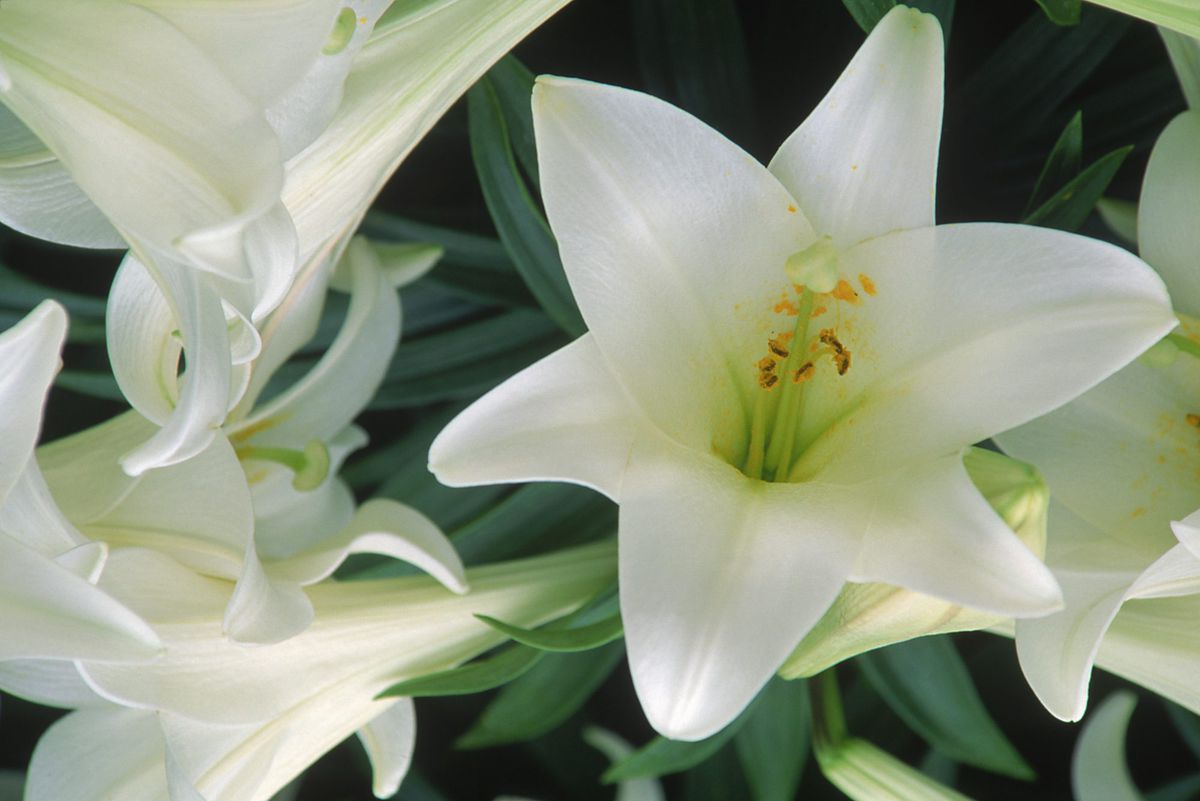The hues of the season.
By Southern Living
February 25, 2019
https://www.southernliving.com/easter/easter-colors?did=620578-20210404&cmp=hac_040421&utm_campaign=home-holidays-and-celebrations_newsletter&utm_source=bhg.com&utm_medium=email&utm_content=040421&cid=620578&mid=54544553643

Jim Schwabel/Getty Images
| CREDIT: JIM SCHWABEL/GETTY IMAGES
Easter brings with it much joyful celebration. Spring arrives, flowers bloom, and certain colors become ubiquitous in the holiday's religious festivities. Several colors are associated with Easter and have deep symbolic meanings in Christian contexts. According to Encyclopedia Britannica, these associations began as early as the 1100s, when Pope Innocent III set out descriptions of the appropriate colors to be used during specific liturgical proceedings. Today, many of these colors are still used to celebrate the Easter season. Purple, white, red, pink, black, green, and gold are seven such colors—read on to learn about what these hues represent during Easter.
Purple
Purple is associated with Lent, the religious period of fasting and prayer that begins on Ash Wednesday and lasts 40 days as it leads up to Easter. The symbolism of the color purple in this context has to do with penitence, remembrance, royalty, and spiritual wealth.
White
At Easter, the color white symbolizes purity, grace, and, ultimately, the resurrection of Jesus Christ, which is the joyful culmination of the Easter season.
Red
The color red represents the blood of Jesus Christ, which, in the context of Easter, is shed for the sake of humanity. It signifies love, suffering, and ultimate sacrifice.
Pink
At Easter, rosy pink hues are also symbolic. Pink symbolizes jubilant new beginnings and joyful hope. It's reminiscent of the pink found in the sky at the dawn of a new day.
Black
Black is used as a symbol of mourning and has associations related to fasting, mercy, and penance, which are especially appropriate during the Lenten period.
Green
Green represents rebirth and the promise of eternal life, symbolism that is especially apt during the Easter season, when themes of sacrifice, resurrection, and new beginnings abound.
Gold
During the Easter season, glimmering gold represents glory and triumph, specifically Jesus' resurrection and triumph over death, which is honored during the Easter season.
No comments:
Post a Comment